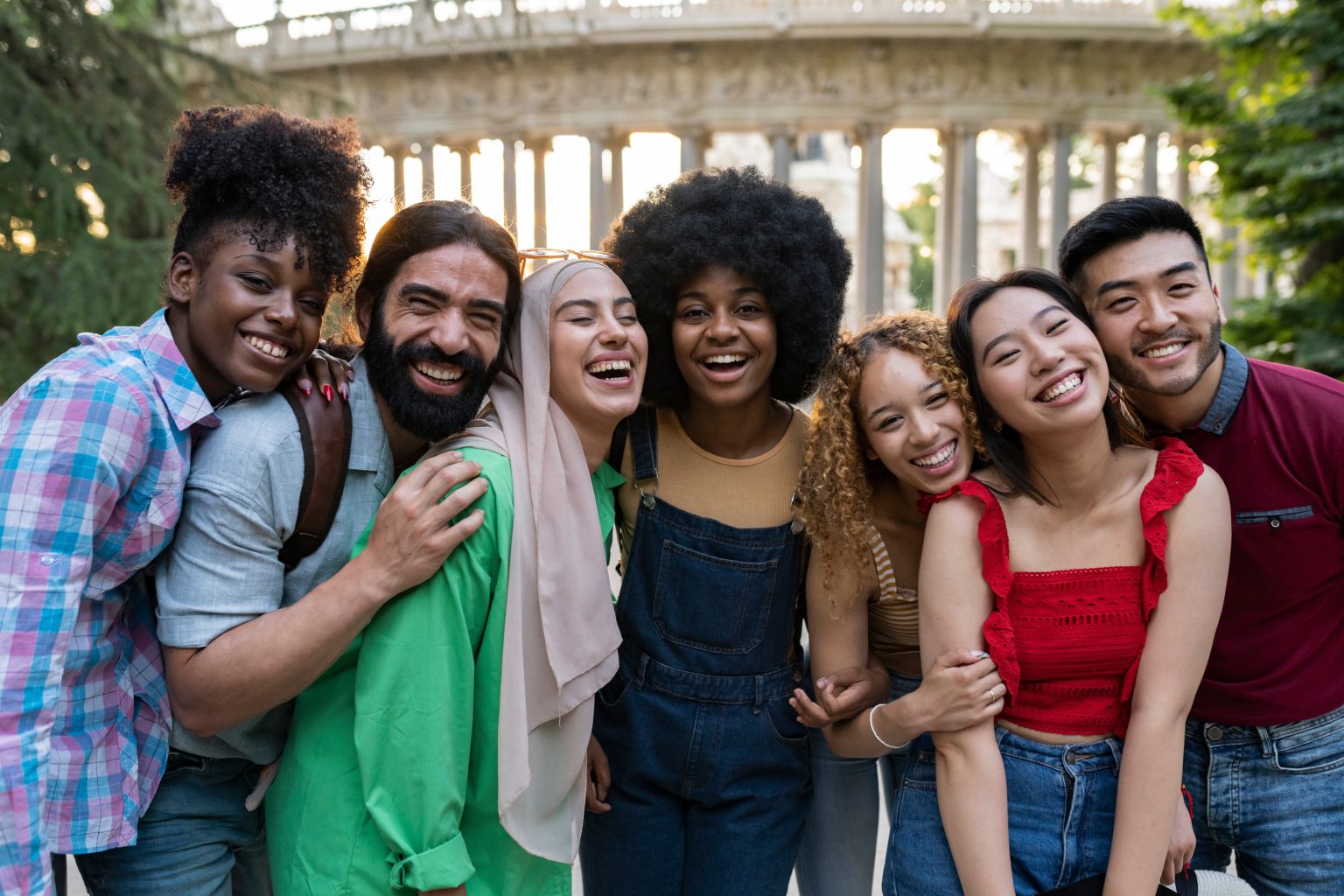Filipino-American Friendship Day
On the 4th of July, while Americans celebrate their Independence Day, the Philippines commemorates Filipino-American Friendship Day. This observance highlights the shared history and enduring partnership between the Philippines and the United States. Filipino-American Friendship Day marks the anniversary of the Treaty of Manila, signed on 4th July 1946, which granted the Philippines independence from the United States.
This day is more than just a historical marker; it’s an opportunity to reflect on the cooperative and respectful relationship that has been built over the decades. The alliance began as a colonial relationship but evolved into a partnership characterised by mutual respect and cooperation. Filipinos often celebrate the good they’ve experienced from this relationship, from economic aid to military support, valuing the friendship that has blossomed.
The celebration is also a time to remember the acts of bravery during World War II, when Filipinos and Americans fought side by side. Stories of heroes like Magdalena Leones and Aaron Kliatchko are retold, showcasing the deep connections formed in times of battle and peace. The day serves as a reminder of the importance of collaboration and mutual appreciation in maintaining a strong bilateral relationship.
Historical Context and Significance
Filipino-American Friendship Day celebrates the unique and complex relationship between the Philippines and the United States. It commemorates not only their shared history but also the enduring bond between the two nations.
The Road to Independence
The history of the Philippines’ journey to independence is marked by significant events involving several foreign powers. The Spanish-American War in 1898 resulted in Spain ceding the Philippines to the United States.
Subsequently, the Philippine Revolution led to the establishment of the First Philippine Republic in 1899. However, this period stoked tensions, leading to the Philippine-American War.
During World War II, Japan occupied the Philippines, prompting the Commonwealth Government-in-Exile to continue the struggle for freedom from abroad. Eventually, on July 4, 1946, the Treaty of Manila was signed, granting the Philippines its independence from the U.S.
Establishment of Filipino-American Friendship Day
Filipino-American Friendship Day was initially observed as Philippine Republic Day. President Diosdado Macapagal shifted the country’s Independence Day to June 12 to honour the declaration of independence from Spain in 1898, altering July 4’s significance.
The day then evolved into Filipino-American Friendship Day, highlighting the close ties formed over decades.
This holiday celebrates the alliance, recognising both the positive aspects and the struggles of their shared history. It underscores the mutual respect and cooperation that have defined the friendship between the two nations.
Historical Milestones
Several key events have shaped the observance of Filipino-American Friendship Day. The signing of the Treaty of Manila was a crucial milestone, marking the formal end of American colonial rule.
In the years following independence, both countries worked together, particularly during and after World War II. Luzon and Manila were central locations of support and collaboration during this period.
Annually, July 4 now marks not just a political alliance but an enduring cultural and social connection. Various traditions, customs, and events showcase the deep-seated friendship that continues to thrive between the Philippines and the United States.
Modern Celebrations and Significance
Filipino-American Friendship Day, celebrated on July 4th, commemorates the enduring relationship between the Philippines and the United States. It focuses on cultural exchanges, civic activities, and the recognition of shared values like freedom and equality.
Cultural and Civic Manifestations
During Philippine-American Friendship Day, various cultural events and activities take place. In Luneta, grand parades featuring colourful floats and traditional dances are common. Festivals showcase Filipino arts, music, and cuisine, highlighting the cultural ties between the two nations.
Prominent Filipinos and Americans take part in these celebrations, reinforcing mutual respect and appreciation. The holiday is often marked by ceremonies at the U.S. Embassy and addresses from leaders like President Rodrigo Duterte, emphasising the significance of the alliance.
Community gatherings and sports events, such as basketball games, also play a crucial role. These events celebrate contributions and sacrifices while promoting unity. Activities like educational forums and exhibits further strengthen the understanding between the two peoples, contributing to lasting mutual trust and collaboration in areas like security, economic growth, and defence.



